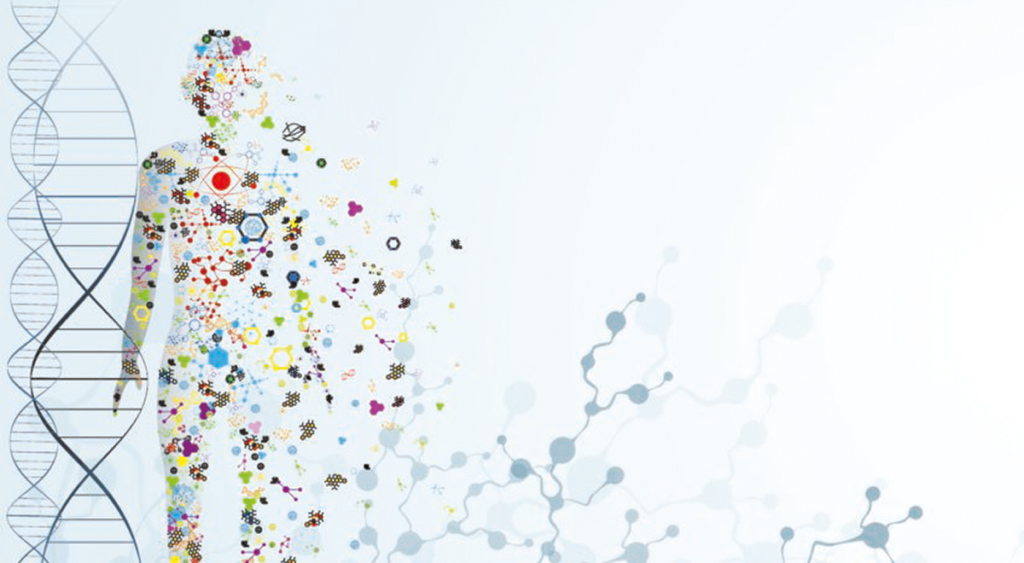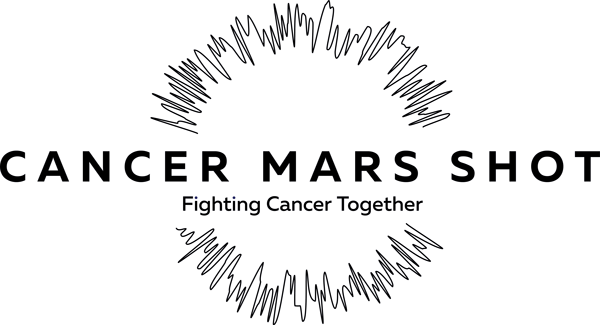How Cancer Research Depends on Biospecimens?
March 16, 2021

Over the last two decades, oncology research has achieved outstanding results in the way we understand and approach the multifaceted nature of cancer. From immuno-oncology at the forefront to targeted therapies and biomarkers identification, novel therapeutic multiplicity is impressive. Despite their diversification, these therapies have few crucial commonalities: they are targeted, personalized, and their development relies strictly on human biospecimen availability.
One of the main trends in modern healthcare is moving away from the one-size-fits-all model and identifying a specific molecular signature within each patient that a particular therapy can target. This identification of pathways for targeted therapies directly correlates with precise patient stratification. This term describes the process of molecular testing and medical history analysis, enabling clinicians to define and group patients based on the potential benefits that a specific therapy will offer them against other patients who won't benefit or may experience severe side effects.
The ability to establish such groups comes from the analysis of large patients cohorts. The above is just one example supporting the evidence that the availability of human-derived biospecimens is crucial for the progress of anti-cancer research since the very early, pre-clinical stage of drug development pipelines.
To better illustrate and support this concept, we will look at some of the main aspects and advancements in anti-cancer therapy that are strictly reliant on access to human biological samples for their success.
1. Biospecimen Availability is Key for Biomarker Discovery...
The strong interconnection of biomarkers to each of the following subsections of this list makes them the core of this classification.
Biomarkers are defined by the National Cancer Institute (NCI) as a "biological molecule found in blood, other body fluids, or tissues that is a sign of a normal or abnormal process, or of a condition or disease." Today such molecules are a matter of growing interest in healthcare research, especially in oncology 1.
The discovery and validation of biomarkers are complex processes that need to be designed and approached with precision. Furthermore, they are extremely dependent on human biospecimen sample availability and quality. The Discovery phase is the initial step in biomarkers journey to clinics. It includes the pre-clinical discovery and identification of a new biomarker candidate or panel of candidates. Afterward, these candidate biomarkers undergo analytical and clinical validation processes. Once a biomarker is validated on both parameters, it is ready to be implemented in clinical care 1,2.
Additionally, in-depth biomarker analysis allows researchers and clinicians not only to stratify patients but also to gain further insights into the mutational changes of tumors throughout the course of treatment and disease progression.
2. ... And for Identifying New Therapeutic Targets
There is a stable connection between biomarkers and target molecules. Once identified as a feature of a malignant formation, biomarker molecules or Tumor-Associated Antigens (TAA) become promising therapeutic targets.
Targeted therapies include monoclonal antibodies (MoAbs), antibody-conjugated drugs (ACDs), CAR-T cell (Chimeric Antigen Receptor T cell) therapy, and T-cell-inducing therapeutic cancer vaccines. The most targeted molecule by immuno-therapies is CD-19. CD-20 is a well-established target for lymphoid malignancies. And CD-133, EGFR, and HER2 are prominent targets for many solid tumor therapies.
A persisting issue is that healthy cells also express some TAAs, which can lead to severe side effects or can decrease the therapy's efficiency. Great efforts are invested in discovering and validating new cancer-specific antigens hoping that such biomarkers will allow a more specific and efficient attack of the tumor cells 3.
Notably, over the last year, the Food and Drug Administration (FDA) has approved 11 anti-cancer drugs, all of which are agents against target molecules.
3. Development of Liquid Biopsies Goes Hand in Hand with Biosamples
Many clinically established analyses can measure cancer-related biomarker molecules from a patient's blood sample. These are molecules whose expression levels vary due to the development of an oncological condition. In contrast, the tumor-specific TAAs can only be assessed from tumor tissue biopsies.
Liquid biopsy is a technique that aims to unite these two approaches and to detect components derived directly from a tumor formation in the patient's blood sample. The method holds great promise because of its reduced invasiveness, the possibility for very early detection, and the ability to achieve accurate pathology classification in instances of hard-to-reach solid tumors and metastasis.
Liquid biopsy technologies aim to measure a highly diversified range of analytes, including macromolecules and metabolites, but also circulating tumor cells (CTCs), cancer-derived cell-free DNA or mRNA molecules, and tumors secreted exosomes.
The establishment and validation of liquid biopsies is a rocky path, strongly reliant on biofluids and their associated medical data 4.
Despite these challenges, in 2016, the FDA approved the first liquid biopsy method for clinical diagnostics 5, opening the doors for other tests to enter the market and the clinical practice.
4. Biospecimens Are Indispensable for the Success of Immuno-Oncology
We have mentioned immuno-oncology already a few times throughout the text, but the groundbreaking achievements of this field deserve their own section.
Indeed, the Cancer Research Institute has defined the 2010s as a "Decade of Immunotherapy." From immune checkpoint inhibitors through CAR-T cell therapies and cancer vaccines, scientists leverage various approaches to activate and direct a person’s own immune system specifically against the tumor 6. The contribution the oncology field has brought to our understanding of how immunity works is impressive.
However, in spite of immunotherapy sophistication, many patients continue to display resistance and often relapse, showing that further analysis is needed to better profile tumors, the immune system, and their dynamic interaction. With this perspective, human biospecimen biobanks will undoubtedly provide invaluable support during immuno-oncology’s next decade.

5. Using Human Biosamples to Decipher Cancer Resistance Mechanisms
Unfortunately, cancer resistance and escape mechanisms are not limited to immunotherapies, and they remain an issue for all anti-cancer treatments 7. On the bright side, it is evident that analyzing large cohorts of patient-derived biosamples brings critical insights and advances to our understanding of these mechanisms and how to overcome them.
Many studies are using biospecimen stored information to follow changes in tumor biomarker expression status, both throughout the course of treatment and disease progression 8. Changes in the expression levels can often be associated with relapse or resistance rates. Such findings undeniably point out the importance of rigorous molecular profiling of tumor samples over time along with clinical data collection.
6. The Ultimate Goal - Precision medicine
All of the above-listed points contribute to and build-up the concept of precision medicine. Precision or personalized medicine's ultimate goal is to diagnose and treat each patient based on their disease unique molecular profile. Biomarkers identification and molecular diagnostics guide the choice of the appropriate targeted therapies 9.
The future establishment of precision medicine as a routine standard of care practice is essential for the single patient. Furthermore, it contributes on a larger scale to the overall healthcare cost, availability, and progress towards patient-centricity.
How Audubon Bioscience Supports the Advances in Cancer Research?
At Audubon Bioscience, we have made it our mission to raise awareness about the importance of precision medicine among doctors and patients. As a qualified human biospecimen provider, we support the innovation of biomedical research by providing high-quality tissue samples along with their comprehensive medical data.
If you are in need of high-quality biospecimens to speed up your research project, check out our products or get in touch with our team to learn more about our custom collections opportunities.
References:
- Goossens, N., Nakagawa, S., Sun, X. & Hoshida, Y. Cancer biomarker discovery and validation. 21 (2015).
- Hayes, D. F. Biomarker validation and testing. Mol. Oncol. 9, 960–966 (2015).
- Liu, D. Cancer biomarkers for targeted therapy. Biomark. Res. 7, 25, s40364-019-0178–7 (2019).
- Marrugo-Ramírez, J., Mir, M. & Samitier, J. Blood-Based Cancer Biomarkers in Liquid Biopsy: A Promising Non-Invasive Alternative to Tissue Biopsy. Int J Mol Sci 21 (2018).
- Kwapisz, D. The first liquid biopsy test approved. Is it a new era of mutation testing for non-small cell lung cancer? Ann. Transl. Med. 5, 46–46 (2017).
- Waldman, A. D., Fritz, J. M. & Lenardo, M. J. A guide to cancer immunotherapy: from T cell basic science to clinical practice. Nat. Rev. Immunol. 20, 651–668 (2020).
- Groenendijk, F. H. & Bernards, R. Drug resistance to targeted therapies: Déjà vu all over again. Mol. Oncol. 8, 1067–1083 (2014).
- Lindström, L. S. et al. Clinically Used Breast Cancer Markers Such As Estrogen Receptor, Progesterone Receptor, and Human Epidermal Growth Factor Receptor 2 Are Unstable Throughout Tumor Progression. J. Clin. Oncol. 30, 2601–2608 (2012).
- Ricciuti, B., Leonardi, G. C. & Brambilla, M. Emerging Biomarkers in the Era of Personalized Cancer Medicine. Dis. Markers 2019, 1–2 (2019).

